The name “Canada” conjures many images: friendly people, unspoiled nature, ice hockey, wildlife, epic mountain road trips, the Northern Lights, freezing temperatures, diverse cultures, and maple syrup. For all these reasons (and so much more!), it has become a top travel destination. We’ve compiled the Ultimate Canada Travel Guide to assist you in planning your dream trip to this majestic nation in North America.
Table of contents
About Canada
Best Places to Visit
Best Things to Do
Great Adventure Trips
Canada’s Outdoors
Travel Costs
Travel Safety
Best Time to Visit
Best Ways To get Around Canada
Best Places to Stay
Useful Travel Tools
Visa Requirements When Travelling to Canada
Interesting Facts About Canada
Frequently Asked Questions
Other Related Stories
About Canada
Canada was founded on July 1, 1867, when the British Parliament passed the British North America Act. The name “Canada” likely originated from the indigenous Huron-Iroquois word kanata, meaning “village” or “settlement.” Since its inception, Canada has operated under a constitutional monarchy, being a commonwealth country. The Queen is the head of state, and the Prime Minister is the head of government. You’ll find the Canadian Parliament buildings in the capital, Ottawa, Ontario.
Canada is the second-largest country globally, spanning 9.985 million km², with a population of 37.59 million (2019). You can imagine that Canadian cities and towns are not very densely populated. And in fact, a majority of the Canadian population lives within 99.4mi of the Canada-US border. In 2019, 22.1 million travellers visited Canada for various adventures, and there’s no sign of that number decreasing.
Best Places to Visit in Canada
Diverse landscapes, cultures, and climates create this great nation of Canada. And because the country spans such a great landmass, the best places to visit exist all over, scattered throughout the provinces. Nature attracts a great number of tourists every year, and it’s no surprise why. Some of the best places to visit are the several National Parks that showcase the mind-blowing scenery of vivid alpine lakes with glacial backdrops. But that’s not to say there’s no value in visiting the cities—Canadian cities exhibit a charm unlike any other place, and what you’ll find on the west coast will be distinct from the east.
Rocky Mountains, British Columbia and Alberta
The Canadian Rocky Mountains are home to several National Parks, including Banff, Yoho, and Jasper, and the region sits on the list of UNESCO World Heritage Sites. Tourists flock to this destination to hike the trails around Lake Louise, then snap that iconic picture in front of Moraine Lake (be sure to arrive early as the parking lot fills up quickly!). Between Banff and Jasper lies the Icefields Parkway, an otherworldly stretch of highway replete with glaciers hugging the cliffside that you’ll see right from your car window and a network of trails leading to unparalleled views. All nature-lovers should make an effort to visit the Rocky Mountains at least once in their lives.
Vancouver Island, British Columbia
This massive Vancouver Island, an hour-and-a-half ferry ride from the mainland of British Columbia, holds a certain majesty. The Queen’s moniker marks the charming capital city, temperate rainforests abound, and enchanting hiking routes wind all around the island. In the southern part of the island, Victoria boasts heritage beauty, a thriving food and arts scene, and plenty of walking and hiking trails around town. Mid-island, you’ll find surf breaks in Tofino and small artist communities on many of the archipelago, each just a short ferry ride away. The Juan de Fuca Trail and the West Coast Trail are both found on Vancouver Island—each equally mesmerising. Anyone who has been to the island will tell you: it has a certain “vibe,” commonly thought to be laidback, welcoming, and charming.
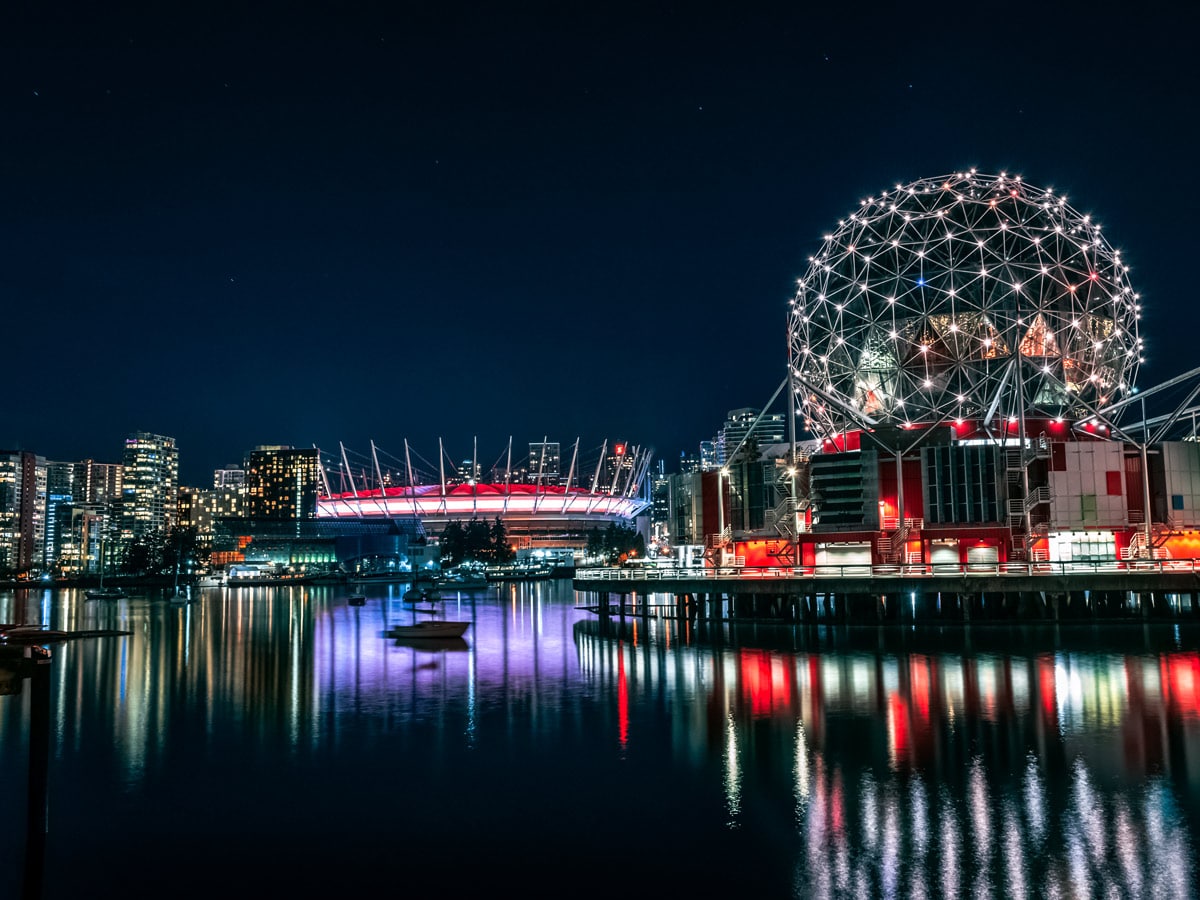
Gros Morne National Park, Newfoundland
On the east coast, entirely different geography exists with soaring fjords, arid cliffs, and foggy beach pathways in Gros Morne National Park, Newfoundland. Another UNESCO World Heritage Site, this location sparks interest for hikers seeking remote adventure. There’s no shortage of sweeping views here—just don’t let the wind make you lose your footing!
Whitehorse, Yukon
The northern part of Canada piques visitors’ interest with its incredible wildlife, vast unspoiled nature, and exhilarating winter activities like snowmobiling and dog-sledding, and more chill activities like ice fishing and snowshoeing. The Yukon is an adventure playground, and it’s one of the best places to see the Northern Lights thanks to the much shorter winter days.
Quebec
Canada’s official languages are English and French, and most of the French-speaking population resides in Quebec. With old-world French heritage, Quebec City attracts visitors for its walled Old Town and a rich history unlike any other city in Canada. Montreal’s cultural hotspot blends a myriad of languages, cultures, and distinct neighbourhoods, each with its own appeal and quirks. During summer, Montreal comes alive with music festivals, most notably the Montreal Jazz Festival, and year-round, foodies will never go hungry. Pop into the local hole-in-the-wall for an authentic plate of poutine. Just northwest of Montreal is Mont Tremblant, a world-class ski resort above an enchanting town.
Prince Edward Island
The smallest Canadian province should not be missed if you’re planning to head to the Maritimes, especially if biking is your sport of choice. You can ride the entire island province within a week, spotting numerous lighthouses along the way. And don’t worry about going hungry—your adventure being fuelled by the freshest seafood from the Atlantic. The adorable capital, Charlottetown, is home to about 36,000. It’s an inviting place where you’ll receive warm hospitality and an earful of lively folk music.
Vancouver + the Sunshine Coast, British Columbia
Often cited as the prettiest city in Canada, Vancouver enjoys a stunning coastline close to its urban centre and spectacular mountains as a backdrop to the downtown skyline—those mountains offer incredible hiking routes for the whole family. Not far off is the world-famous Whistler Ski Resort, seeing flocks of visitors year-round for winter sports and mountain biking. A ferry ride from the North Shore will bring you to the Sunshine Coast, which feels like it should be an island, but, in fact, is attached to the mainland. You’ll find the quaint town of Gibsons, a leisurely place to spend a few days, then head along the coast to the peaceful communities of Roberts Creek and Pender Harbour. Exploring is infinite on the west coast.
Best Things to Do in Canada
When you visit Canada, there is little chance you’ll ever be bored. This great country draws tourists from around the world for many reasons, but outdoor adventures are most common. As you may have gathered from this travel guide so far, Canada is filled to the brim with adventure opportunities. Because of its natural splendour, Canada is an outdoor playground with some world-renowned mountains, trails, and coastlines.

Hiking and Backpacking in Canada
Canada’s geography is best explored and enjoyed on foot. When you hike in any national, provincial, or municipal parks, you’ll be astounded at the thriving natural beauty. Canada boasts several UNESCO World Heritage Sites, including the Rocky Mountain National Parks and Gros Morne National Park. And what’s so great about backpacking? Imagine spending a few days in the backcountry in a place like Jasper or Banff, with just your hiking buddies and the untouched wild scenery of enormous stretches of uninhabited land—except by wildlife, of course. Talk about an enlightening experience!
Skiing
With Whistler being one of Canada’s most-visited places, it’s not surprising that this country is famous as a ski destination. The country is home to 292 ski resorts and hills, and most of the country experiences a long winter lasting 6–8 months, with the ski season usually starting in late-November and running until late-April. Earn your turns on the freshest powder in the most majestic mountains.
Whale Watching
Canada boasts three coastlines and diverse marine life to observe, including at least 30 species of whales. The Atlantic coast is rated as one of the best places in the world for whale-watching, where you can see humpback whales, orcas, and blue whales. The best time for whale-watching on the east coast is from May to September. Over on the west coast, from Tofino on Vancouver Island, you can catch the gray whale migration in March when they head north and again in October when they swim south to the Baja Peninsula. Several whale-watching charters depart from Victoria and Vancouver during summer to catch sight of the many orca pods in the area.
Mountain Biking and Cycling
When Whister is not full of skiers in the winter, it transforms into a mountain biking hotspot. Head here for gnarly lines, but for off-the-beaten-path routes, explore all over BC’s interior for some epic riding in places like Nakusp, Revelstoke, Golden, and Invermere. Road biking routes abound throughout the Rockies, as well. Pedal at your own pace to explore this phenomenal region.
Great Adventure Trips in Canada
Canada is synonymous with adventure—the country possesses infinite natural beauty, and some of the most majestic landscapes worldwide. To make your visit to Canada even greater, consider an adventure tour. Stack your itinerary with highlights you might miss if planning on your own. Explore the best parts of Canada with a local guide and make the most of your journey.
11-Day British Columbia Ski Tour
Fulfill your fresh powder dreams on this 11-day tour of four world-class ski resorts on BC’s Powder Highway. Spend each day skiing blissfully down wicked runs, and relax in hot springs and high-end hotels each night. Your equipment, transport, lessons, and accommodation are included in this total-package tour. Follow your expert guide through the Rocky Mountains and get your adrenaline pumping!
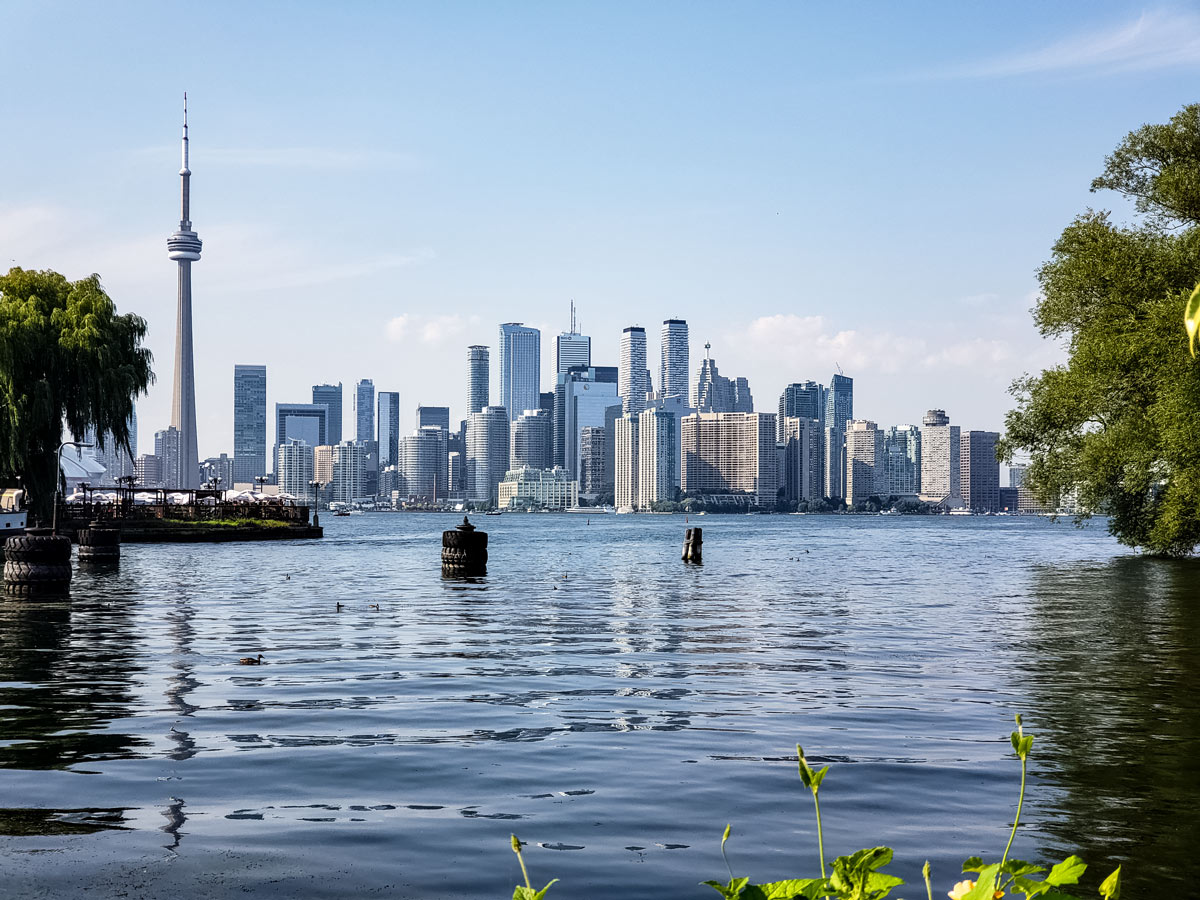
6-Day Vancouver Island Adventure Tour
Anyone who has been to Vancouver Island will tell you it has a magical vibe, and one of the best ways to experience that is by spending time in its nature. On this tour, you’ll explore the phenomenal temperate rainforests that stretch to the rocky coastline, big sandy surf breaks in Tofino, and go on an extraordinary boat trip through the Broken Islands group—a place that looks tropical! During the tour, you’ll camp in truly stunning spots. With your experienced local guide, you’ll discover what a gem Vancouver Island really is.
12-Day Rockies Hiking and Camping Tour
For an authentic outdoor experience, this 12-day tour offers a glimpse at the magnificence of the Canadian Rockies. Visit three national parks, hike to breathtaking vistas and alpine lakes, and camp in the backcountry where you’ll feel infinitesimal under starry skies. Your kind local guides will lead you along spectacular routes and take care of all the details so you can enjoy the wilderness stress-free.
Road Bike Jasper to Banff Tour
On this 4-day tour, you will ride along one of the most scenic stretches of highway in the world, chock-full of glaciers, vivid blue alpine lakes, and jagged peaks stretching to the horizon. Ride stress-free knowing there’s a support vehicle in case of an emergency. Banff National Park is one of the most iconic natural wonders, and you’ll see it all from two wheels, enjoying the slower pace of a bike. If you’re short on time but want to pack in a lot of adventure, this is an outstanding adventure tour sure to create lifelong memories.
Yukon River Canoe Trip
This epic journey retraces the routes of gold-seekers in the Yukon. You’ll paddle for 453.6mi and spend 20 days exploring the untouched wilderness in this incredible northern territory. This tour suits beginners to experts, as long as you’re hardy enough to spend several nights camping in the remote wilderness. Stop in charming towns like Dawson City and Carmacks, and the capital, Whitehorse. The itinerary includes a few hotel nights so you can recuperate from your days on the water.
Vancouver Island Self-Guided Bike Tour
Do you want to try an adventure tour but don’t want to stick to a fixed schedule? Self-guided tours offer flexibility and support to make your trip your own. Accommodation will be confirmed for you—all you have to do is ride. For six days, you get to explore the hidden gems comprising Vancouver Island, from the adorable towns of Cumberland and Courtenay to the magical Quadra Island. Experience the Island’s natural beauty at your own pace, with routes and accommodation sorted out for you.
Canada’s Outdoors
We could have an entire article on Canada’s wilderness alone, but we’ll provide a quick overview of the natural wonders that exist in this country for the sake of brevity.
Geography
From coast to coast, Canada’s geography includes a spectrum of landscapes such as majestic mountains, rolling central plains, temperate rainforests, boreal forests, the barren Arctic, and a coastline stretching 151019.3mi, which is the longest coastline in the world. So much of Canada is uninhabited, which means the environment thrives: the country contains 20% of the world’s freshwater and about 10% of the world’s forests. The diverse ecosystems intrigue scientists and tourists alike—there’s always another awe-inspiring view around the corner in Canada.
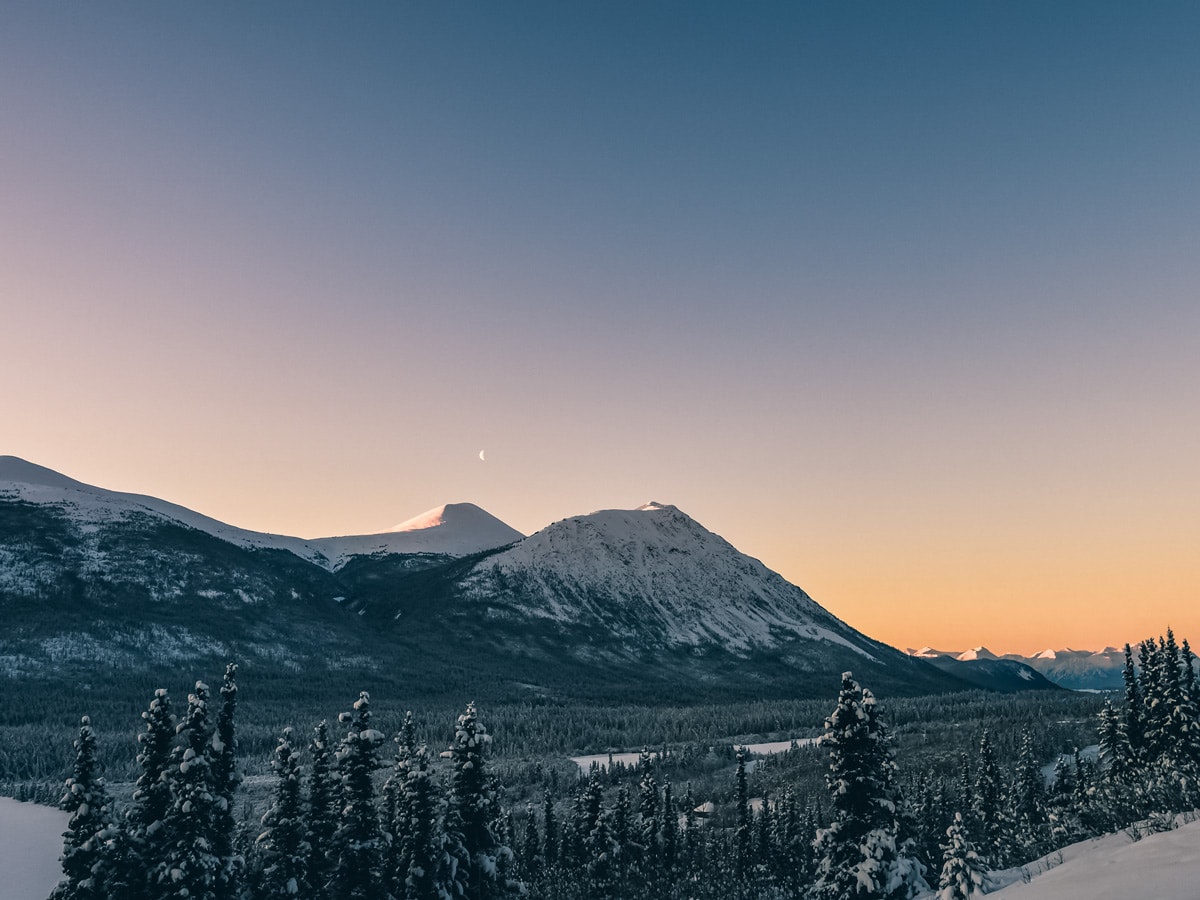
Wildlife
An impressive 218 species of mammals call Canada home, and many of them roam freely, especially in the National Parks. During your visit, you’ll likely encounter large mammals like black bears, moose, and coyotes. (Be bear aware while exploring!) Bird-watchers looking towards the sky will not be disappointed with some 426 bird species potentially flashing their wings. In the gorgeous oceans nearly surrounding Canada, visitors can spot any of the 30 whale species swimming by or witness a colony of sea lions hanging out on Canada’s rocky shores.
Canada Travel Costs
Canada is notoriously an expensive country to travel to, but it is possible to do it cheaply—it all depends on your travel style. Generally speaking, your Canadian travel budget will hit between $65 and $570 per day, per person. The spectrum is enormous as it reflects budget-travellers to high-end spenders. We’ll break it down so you can decide where you fit on the scale and have your dream trip to Canada without breaking the bank. (Costs will vary from province to province due to taxes and other factors, so we’ll list the average costs across Canada. Prices are listed in Canadian Dollars.)
Accommodation
Cheap: $35/night
Mid-range: $100/night
Luxury: $322/night
Restaurant Meal
Cheap: $10
Mid-range: $35
Luxury: $60
Domestic beer: $6
Imported beer: $7.50
Glass of wine: $8
Food
Cheap: $14/day
Mid-range: $39/day
Luxury: $110/day
Daily Transportation
Cheap: $9/day
Mid-range: $24/day
Luxury: $69/day
Bus ticket (one-way): $3.25
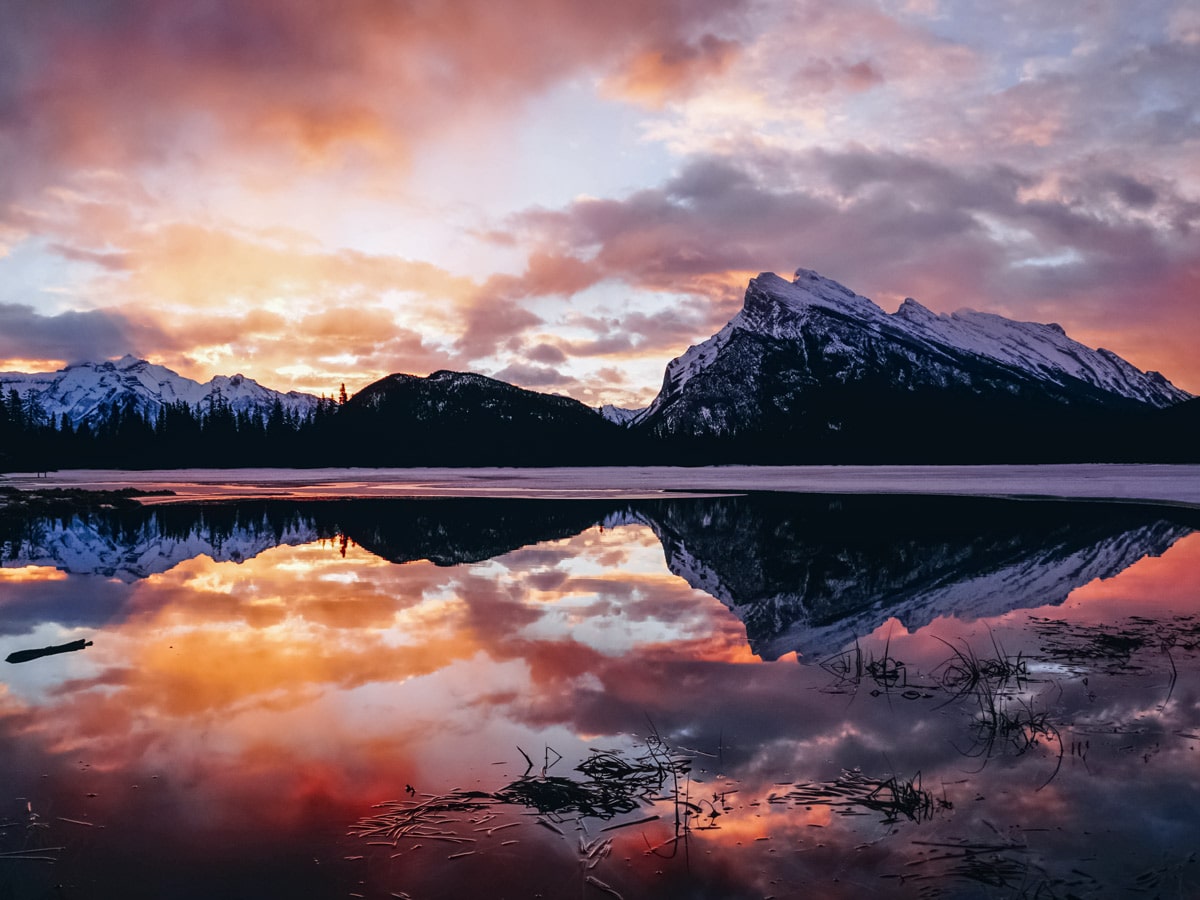
Intercity Transportation
Cheap: $44
Mid-range: $118
Luxury: $332
Bus ticket: as low as $37
Train ticket: $35–$150
Entertainment
Cheap: $11/day
Mid-range: $28/day
Luxury: $83/day
Alcohol
Cheap: $7/day
Mid-range: $19/day
Luxury: $51/day
Tips
It is customary in Canada to tip at least 15% before taxes, and more if the service was exceptional.
Canada Travel Safety
According to the Global Peace Index, Canada is one of the safest countries in the world. The excellent score demonstrates decent political stability, low crime levels, and minimal internal and external conflicts. While travelling in Canada, visitors will have great access to healthcare, if necessary. On top of all that, Canadians are notoriously friendly and polite, saying “sorry” far more often than they have to!
While crime rates are low, nature and weather systems pose a threat to visitors—it can be quite dangerous in places at certain times of the year. Severe snowstorms can hit at a moment’s notice, and forest fires have been raging for the past few summers in BC. While planning your trip, consider these weather conditions, and do your best to avoid them.
As with anywhere in the world, larger cities are not exempt from the occasional pickpocket or snatch and grab. Be alert and use common sense while exploring cities. For a sense of security, you should always travel with insurance. We have been using World Nomads for years as they provide excellent coverage for activities that some providers often omit.
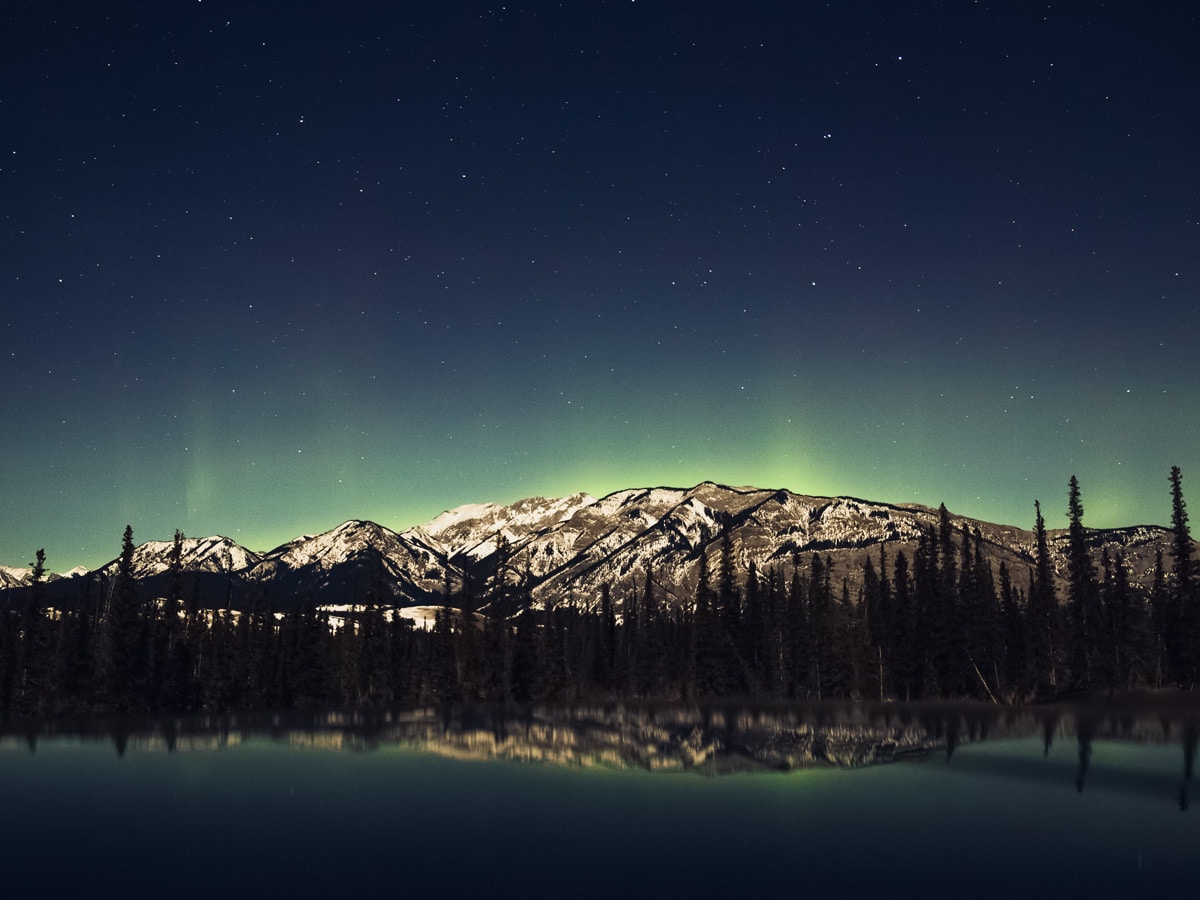
Best Time to Visit Canada
Canada is an enormous country, and with such a great landmass comes a spectrum of weather patterns. That said, Canada’s distinct seasons generate a travel destination worth visiting year-round. Each season has its time to shine, depending on where in the country you decide to go.
Summer
This season sees the most tourists across the board. The pleasant warm weather, long days, and blue skies make for a desirable trip. For hikers and climbers, the long, sunny days are ideal for heading into the wilderness for day-hikes, climbs, and multi-day backpacking trips in places like the Rocky Mountains (straddling Alberta and British Columbia), the Kootenays, or Vancouver Island.
Fall
Travelling to Canada during fall has a few benefits, and the only thing you’re sacrificing is hot weather. October and November come with lower price points for accommodation, fewer tourists roam the streets and trails, and the colour of the leaves as they change will absolutely blow your mind. Hike to see the famous larch trees turning in October—you can find them scattered throughout the Rocky Mountains.
Winter
This nation’s stereotype generally depicts an ice hockey player shooting goals on a frozen lake surrounded by frosted pines. Yes, it’s cold in Canada, but only in the winter. Canadians are lucky to have ski hills and fresh powder in several provinces. If cross-country skiing, snowboarding, snowshoeing, or ice skating fall on your list of favourite winter activities, then Canada will not disappoint when you visit during the winter.
Spring
Like fall, fewer tourists hail to Canada during the spring, but there are still many reasons to consider it. As early as February on the west coast, you will see signs of spring with cherry blossoms blooming while the rest of Canada remains under the snow. For outdoor-enthusiasts, stick to the west coast during spring because the east will still be too cold for enjoyable adventures that don’t involve snow.
Best Ways to Get Around Canada
Undeniably, one of the best ways to travel around Canada is in a vehicle, whether that’s a rental car or an RV. In your own transportation, you can stop as you please at any enticing sight and explore off-the-beaten-path towns you would otherwise skip. Enterprise and Alamo are two of the top-rated car rental companies, so look for their offers when searching on rentalcars.com.
Flying between cities is an option, but, unfortunately, it’s an expensive one. Taking a plane can save several hours, even days in some cases, but the costs can add up quickly. Canada has a couple of low-cost carriers, like Flair Air and Swoop. Both offer domestic flights, but schedules and locations are limited. WestJet often has seat sales, so it’s worth doing some research—if you have to fly, consider booking in advance and building your itinerary around the cheapest flight.
For the ultimate Canadian journey, think about saving up for a train journey. VIA Rail offers incredible coast-to-coast routes, and the Rocky Mountaineer takes passengers throughout the Canadian Rockies on a luxurious glass-dome train. By rail, you’ll explore paths inaccessible by car, creating a truly unforgettable experience.
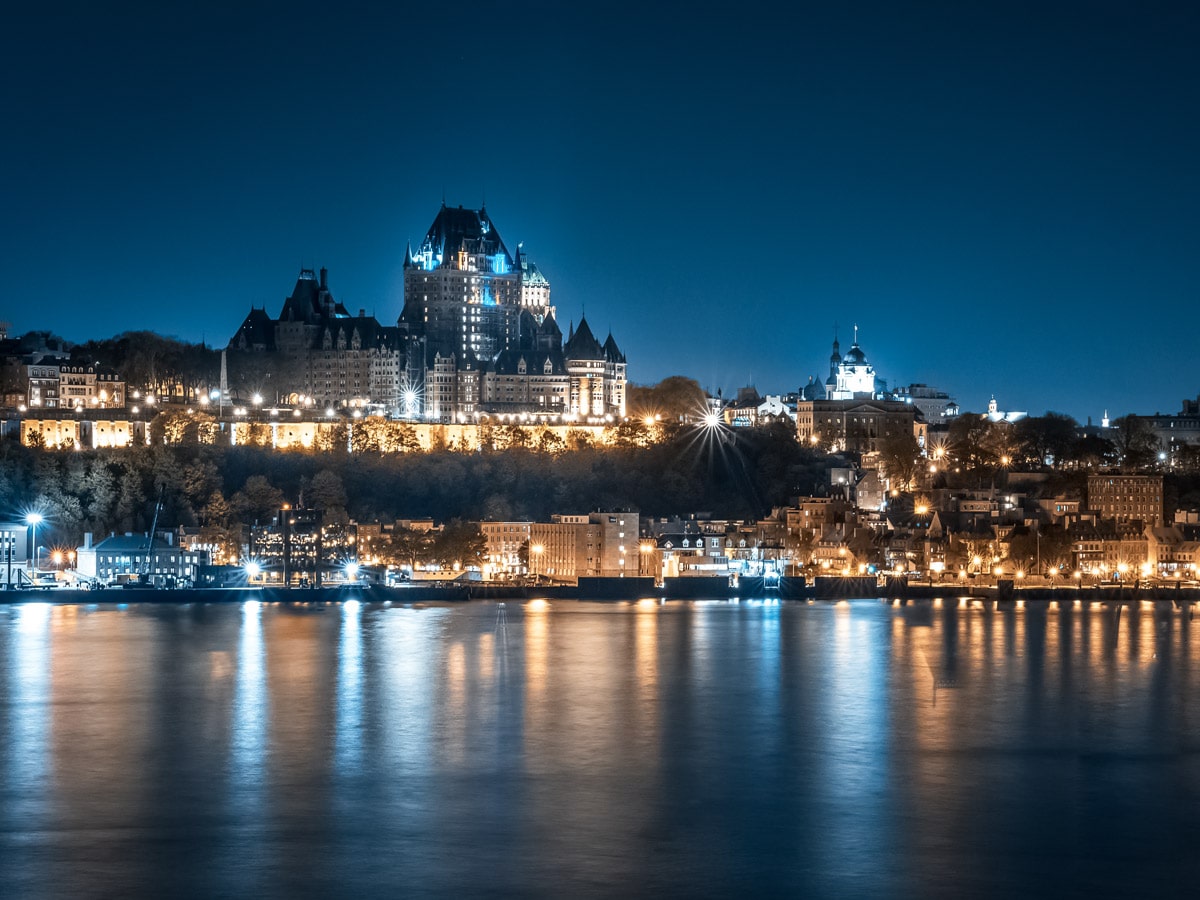
Best Places to Stay in Canada
When you travel to Canada, you’ll be spoiled for choice in accommodation from luxury hotels to world-class campsites. Whatever your budget, you will find something that suits you.
For budget-travellers, camping during the summer reaches the top of the list, and for the rest of the year or while visiting towns and cities, you can check-in to a local hostel for a cheap bed and undoubtedly make some new like-minded pals. Hostelling International (HI), a world-renowned hostel network, runs several hostels across Canada.
Mid-range budget travellers can do some Airbnb research to find unique stays in rustic cabins or downtown lofts. And for big spenders, there’s no shortage of high-end hotels for a super comfortable stay. Also, bringing or renting your own home on four wheels is an option, and all you’ll need is a suitable place to park.
Useful Travel Tools
To help plan your journey to Canada, we’ve compiled some of our favourite travel tools. These useful sites bring you one step closer to your Canadian adventure.
To Book Accommodation
To find hotels and long-term accommodation, we use the following websites. Keep your eyes out for deals, and book on weeknights if you have the freedom to do so as these nights will often be cheaper: Booking.com, Hotels.com, Expedia.com, and Agoda.com. For long-term rentals or more unique listings, check with Vrbo.com for some cool accommodation finds. Budget-savvy travellers can search desired locations on the HI Canada website. And for those looking to visit Canada for its incredible nature, book your campsites in advance with Parks Canada.
To Book Flights
As mentioned, Canada covers a large surface area, so a trip to Canada may likely include a domestic flight if you plan on visiting the east and west. Check prices on Skyscanner or CheapOair for your intercity flights.
To Rent a Car
A road trip across Canada sits at the top of the bucket list for many travellers. It can be economical and give you the ultimate freedom to stop as you please. Our top choice for finding a rental is on rentalcars.com, which allows you to compare several providers and pricing options.
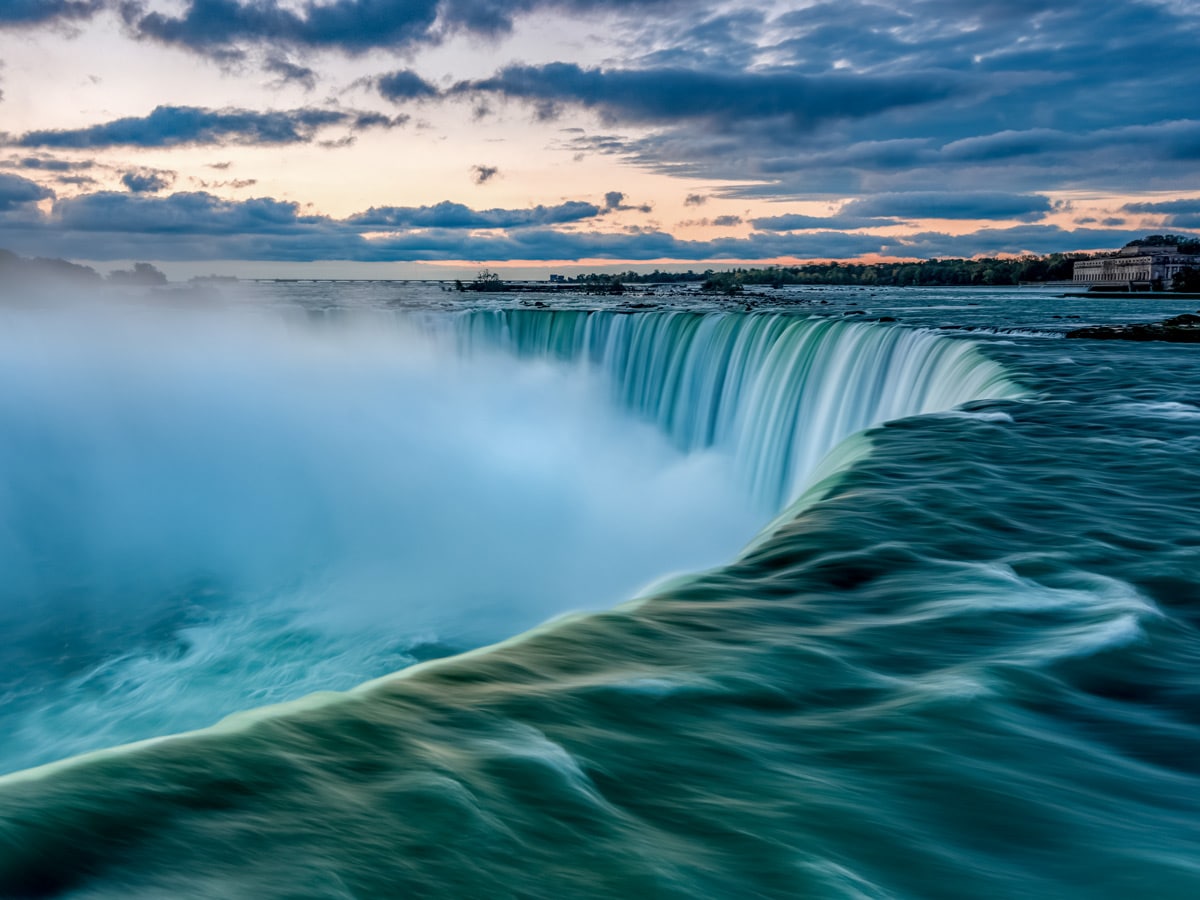
To Get Gear
Travelling to Canada will most likely include activities enjoying the Great Outdoors—and you’ll want to be appropriately outfitted. For warm winter threads, some of our favourites are Arc’teryx, Patagonia, and Helly Hansen. For those needing trail running and hiking gear, check Salomon and the Running Room. And if you plan on doing some hiking and backpacking, gear up through MEC or MSR.
Other Useful Travel Services
For those seeking an RV trip across this great nation, RV Share is your one-stop-shop for rentals. And a great tool for saving on airport parking, use Airport Parking Reservations by entering your home airport and departure dates.
Visa Requirements When Travelling to Canada
Depending on your citizenship and whether you’re arriving in Canada by air or by land or sea, you will require a visitor visa or an Electronic Travel Authorization (eTA), which allows most visitors to stay in the country for up to 6 months. You’ll also have to meet some basic requirements such as having a valid travel document, having no criminal or immigration-related convictions, being in good health, and having enough money for your stay. This list is not exhaustive, so please check with Service Canada for visa-related information.
Travellers from the EU and the UK
Travellers coming from the European Union are eligible for an eTA if entering Canada by plane. Apply for your eTA online in advance—it currently costs $7.00. If entering by land or sea (including cruise ships), travellers from the EU do not need an eTA. Proof of return is required.
Travellers from the US
A US citizen can enter Canada with a legal travel document such as a birth certificate or US permanent resident card and photo ID. It is wise to travel with a valid passport as it is required to re-enter the US. Travellers from the US do not need an eTA, and proof of return is not required.

Interesting Facts About Canada
Canada often goes under the radar, but this great nation has some unique and interesting claims-to-fame. These facts may make you want to hop on a plane to check out for yourself!
- Does the word “eh” sound super Canadian to you? Well, you can find this common interjection listed in the Canadian Oxford Dictionary.
- You can write a letter to Santa Claus at the address: North Pole, H0H 0H0, and receive a letter response.
- Canada has 20% of the world’s freshwater, and the country claims the title of having the most lakes.
- Snag, Yukon had the lowest temperature ever recorded in Canada at –62.8°C in February 1947. (Also, yes, there’s a town called Snag.)
- Canada has six different time zones—make sure you pay attention to this if you’re travelling across this great nation!
- Canada possesses 10% of the world’s forests.
- The weather phenomenon called Chinooks, a warm wind occurring in and around Calgary, Alberta, can raise the temperature by 10 degrees in a matter of minutes. The biggest temperature change caused by Chinooks was recorded on January 10th, 1962. During this day, the town of Pincher Creek in Alberta saw temperatures rise by 41 C, from -19 C up to 22 C.
- The Olympic Games have been hosted in Canada three times: Montreal (1976), Calgary (1988), and Vancouver (2010).
- Canada boasts 48 national parks and national park reserves and 970 national historic sites.
- Canada’s smallest province, Prince Edward Island, is only 34.8mi wide and 139.8mi long. You could bike the whole province in a week!
- And last but not least, if you want to get a hold of this great nation, you can call the official phone number: 1-800-O-Canada.
Frequently Asked Questions About Canada
After reading through this travel guide, you might have some lingering questions. Here are some frequently asked questions about travelling to Canada.
What is the cheapest way to travel across Canada?
The bus system is the cheapest way to get across Canada. If you’re backpacking and on a tight budget, keep an eye on websites like Couchsurfing for possible rideshares between cities.
Where should I go in Canada for the first time?
Where you should go first depends on the reason for your trip. Winter activities, hiking, or camping? Head to the Rocky Mountains in Alberta and British Columbia. Want to explore the big cities during the summer? Toronto, the Maritimes, and the West Coast will be great starting points for your adventures in Canada.
How much does the average meal cost in Canada?
Eating out at a restaurant in Canada will cost anywhere between $7 and $50.
How much does a train ticket cost in Canada?
Between cities, you’re looking at spending anywhere from $35 to $150. For the iconic cross-Canada train trip, a VIA Rail ticket will cost between $500 and $2,300 one way, depending on the class and time of the year (it’s more expensive in July and August).
What is the best train trip in Canada?
The ultimate train trip is aptly named “The Canadian,” spanning Canada from Toronto to Vancouver. For four days, the train winds through majestic scenery, including Ontario’s lakes, across the vast prairies, and into the Rocky Mountains. Coming in a close second, the Rocky Mountaineer offers three world-class routes beginning in Vancouver and ending in either Banff or Jasper. This luxury train has glass-domed train cars, providing passengers with panoramic views.
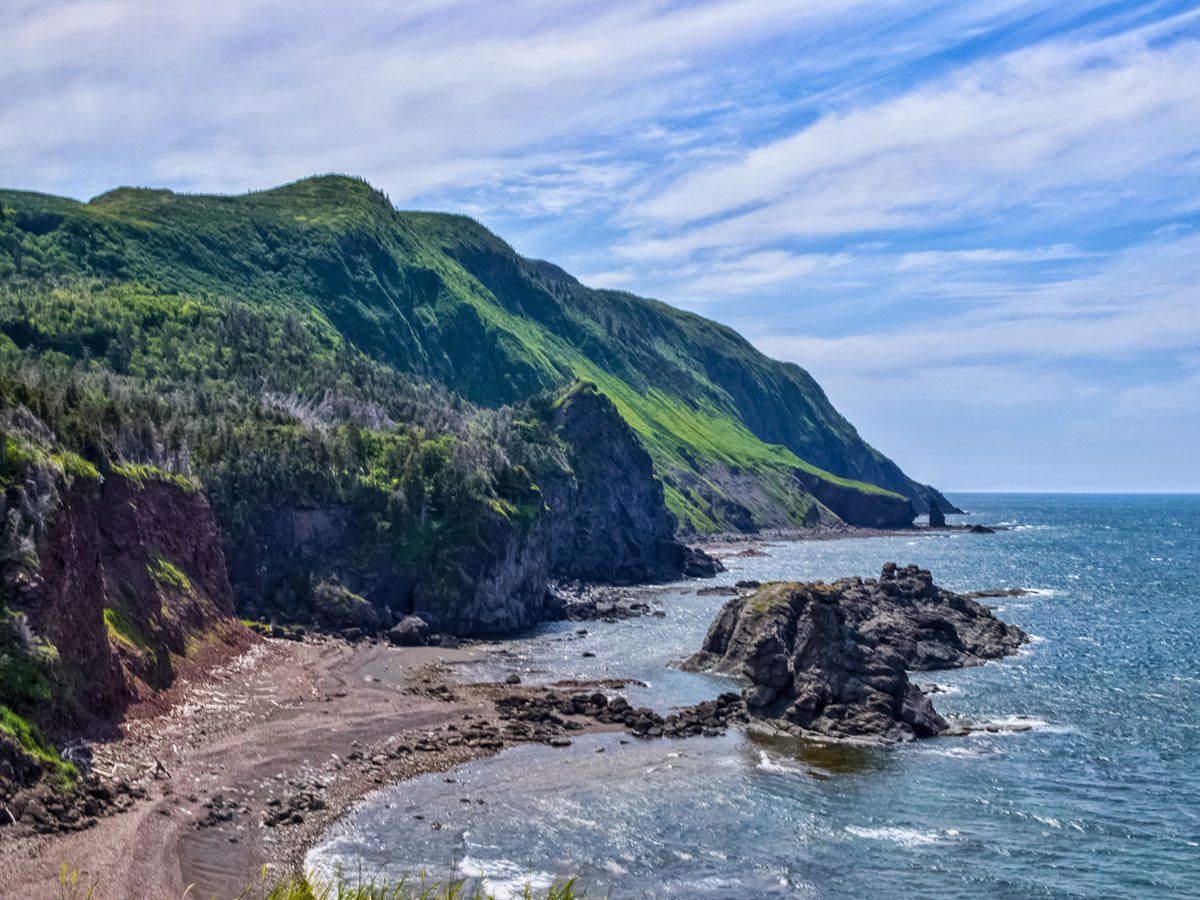
How much is a cup of coffee in Canada?
The cost of a cup of coffee varies greatly by city from $3.07 in Ottawa to $4.49 in Calgary, Vancouver landing in between at $3.89.
Which Canadian city is most beautiful?
Now, this one is hard to answer since it’s so subjective, and Canadians across the country may not agree on one particular place. A couple of cities usually top the list across the board: Victoria and Quebec City. Both are smaller in population, have heritage beauty, and are undeniably charming.
What is the coldest month in Canada?
January and February are the coldest months in Canada.
Is Canada cheaper than the USA?
To travel, unfortunately, no—not with the current exchange rate. Canada also imposes more taxes on goods, especially food and alcohol, so the average costs are marginally higher in Canada.
What is the most-visited place in Canada?
Canada contains infinite intriguing sites, but a few top the list of the most-visited. Toronto is the most-visited city, with Vancouver and Montreal in a close second and third. Niagara Falls, Ontario, draws an enormous crowd each year to view the immense waterfalls straddling the Canada-US border. Skiers and mountain bikers hail to Whistler, BC, from all across the globe to visit the world-class ski resort. Hikers tend to head to Banff National Park, especially Moraine Lake (which you may recognize from your computer desktop).
Is it easy to travel to Canada?
Whether you’re renting a car, transiting by bus, riding the train, or flying between airports, Canada’s infrastructure is well set-up for tourism. The Trans-Canada Highway stretches from coast to coast, making for a simple and beautiful road trip throughout the country. Railway tracks also run from coast to coast—and you’ll ride through landscapes you wouldn’t see from a car or a bus.
Other Related Stories
For more great Canadian content with amazing travel tips, check out our trip guides and other stories!
- A Guide to Planning a Ski Trip in the Canadian Rockies
- Planning your Trip to Banff
- The Ultimate Guide to Kootenay National Park
- Winter Weekend in Whistler, BC
- 17 Amazing Winter Hikes in Alberta
- An Ultimate Trip Planner to Squamish, British Columbia
- Best Kayaking Adventures in Vancouver and Vancouver Island
- Canada’s Great Divide Trail – A Full Guide and Itinerary
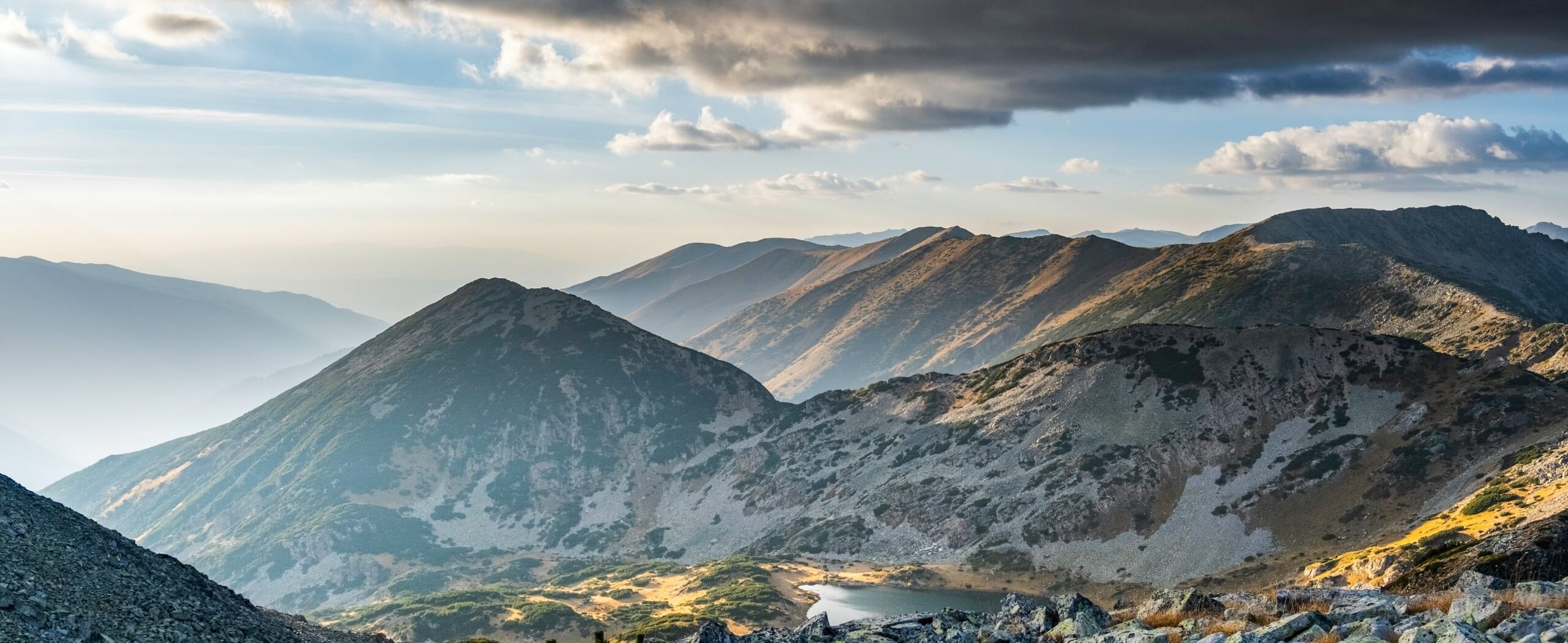
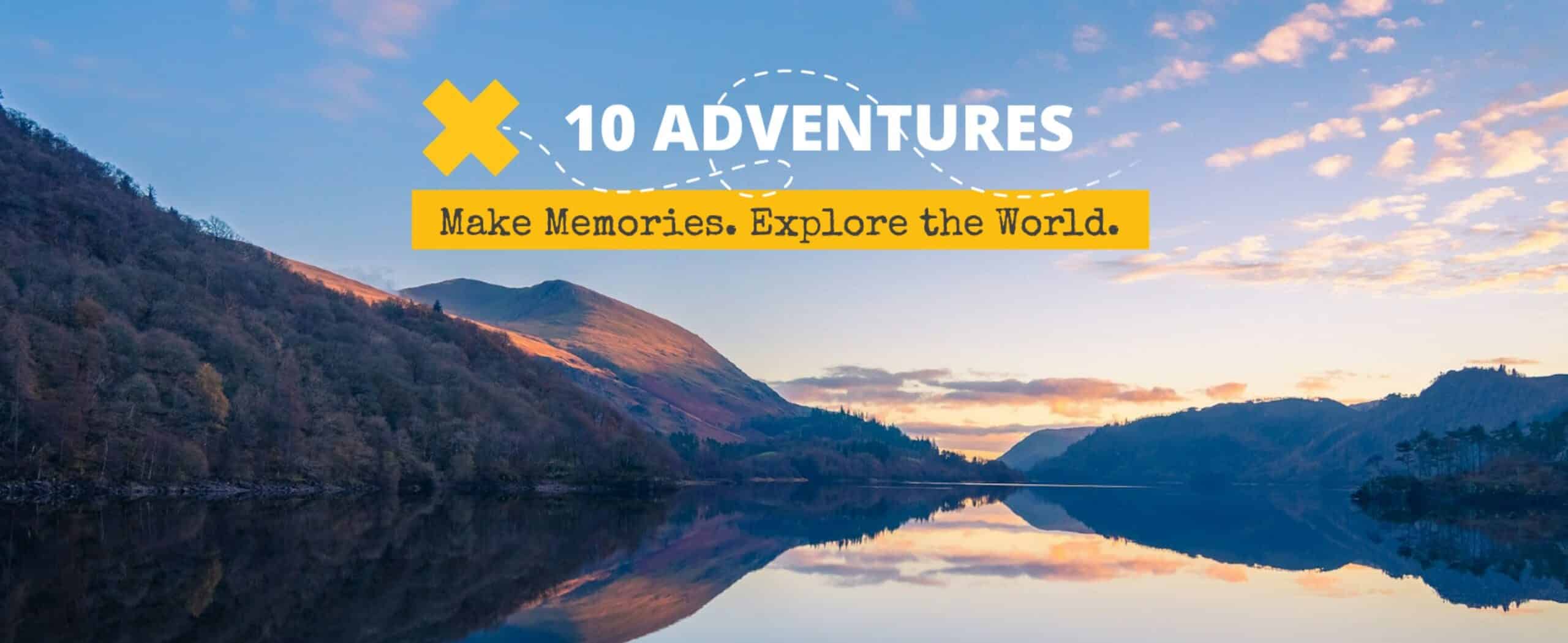

Comments